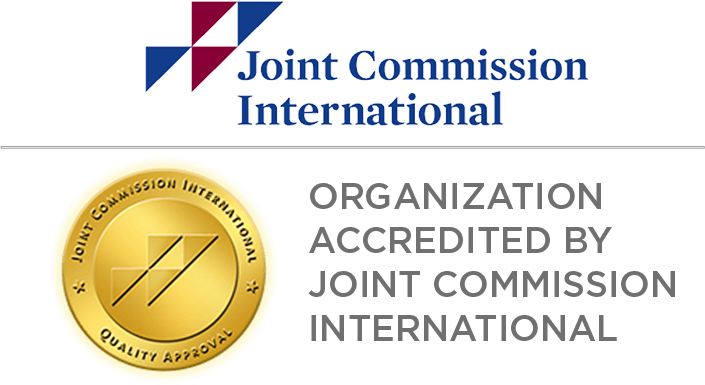Complications / Risks
FAQ – What are the risks of hair transplant surgery?
Hair transplant surgery is an extremely safe out-patient procedure
Speak to a surgeon today about your treatment options
Does hair transplant surgery result in scarring?
Whenever human skin is cut, it heals itself through a process called “fibrosis”, commonly known as scarring. The healing sites around the transplanted hairs are tiny . They are virtually undetectable even on close inspection. Hair Transplant procedures at HRBR are designed to produce a very natural look.
The degree of scarring in the area where the hair is taken around the back and sides of a patient’s scalp depends on several factors. The patient’s own ability to heal, the skill of the surgeon carrying out the transplant and the technique used. For FUT procedures a fine linear scar will be left, for FUE procedures numerous small circular scars will be left. Any clinic claiming to have a scar free procedure should be viewed with caution. It is not possible to cut the human skin without leaving some scar as this is how the human body heals.
What are the potential side effects or complications of hair transplant surgery?
There can be some minor temporary complications or side effects associated with hair transplant surgery. They are as follows: Swelling; Bleeding; Pain; Numbness; Infection; Thinning of Pre-Existing Hair; Hiccups; Itching; Keloid Scarring; Cysts and Lost Grafts.
Swelling
Some mild swelling may occur after the procedure. This is normal. Very rarely, there can be swelling of the forehead for a couple of days after the transplant. Even more rarely, there can be enough forehead swelling that it then causes swelling and bruising on the lower eyelids. This “black eye” develops in roughly 1% of cases and occurs two to four days after surgery. In the unlikely event you suffer from excessive swelling please contact the clinic.
Bleeding
Slight bleeding may occur after surgery around the stitches in the donor area. If it does, keep your head elevated and place some gauze on the area. Apply constant pressure with the palm of your hand for up to 10 minutes. Persistent bleeding occurs in roughly one in a few hundred cases.
If a graft is dislodged, the incision site might bleed. Should this happen, apply pressure to the area with a tissue. If these efforts do not stop the bleeding please contact the clinic.
Pain
Some mild discomfort may occur. If necessary, it can be controlled by the pain medication provided at the end of the surgery. Having said this, half of our patients do not tend to require any pain relief. Those who do take Solpadeine or Panadol for a few days following the hair transplant.
Numbness
Some temporary numbness is inevitable. It is usually experienced around the donor area or graft sites. It generally lasts from three to 18 weeks. However, it is rarely troublesome or long-lasting.
Infection
Developing an infection following hair transplantation at HRBR is highly unusual due to the high standards in place at the clinic. This is only likely in one in several hundred cases. It is easily treated with antibiotics. If any significant redness, tenderness or local pain is noticed please contact the clinic.
Thinning of Pre-Existing Hair
Although rare, some pre-existing hair can thin following surgery. This is temporary and it will return to normal, full condition within a few months. Learn more about “effluvium”.
Hiccups
Hiccups occur after surgery in approximately 5% of cases and usually last from several hours to several days. The cause is unknown.
Itching
Some degree of itching is common with hair transplantation. It is rarely troublesome and lasts only a few days. Spraying the area in the initial few days and then shampooing the hair daily will help the discomfort.
Keloid Scarring
“Keloid scarring” is an abnormal scar that grows beyond the boundary of the original site of a skin injury. It is a raised and ill-defined growth of skin in the area of damaged skin. It only occurs in pre-disposed individuals, and even more rarely (1 in 1,000 cases) can this scarring cause a ridging effect.
Cysts
When many grafts have been transplanted one or more cysts may develop. Cysts usually disappear by themselves after a few weeks. They can also be treated quite effectively. They are generally no more than 2 or 3mm in diameter, similar in size to small pimples.
Lost Grafts
The odd graft may be dislodged accidentally and fall out. This will not significantly affect the overall result of your hair transplant.

